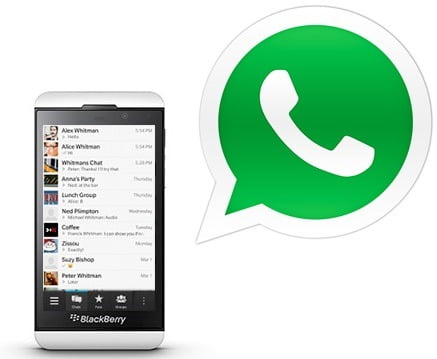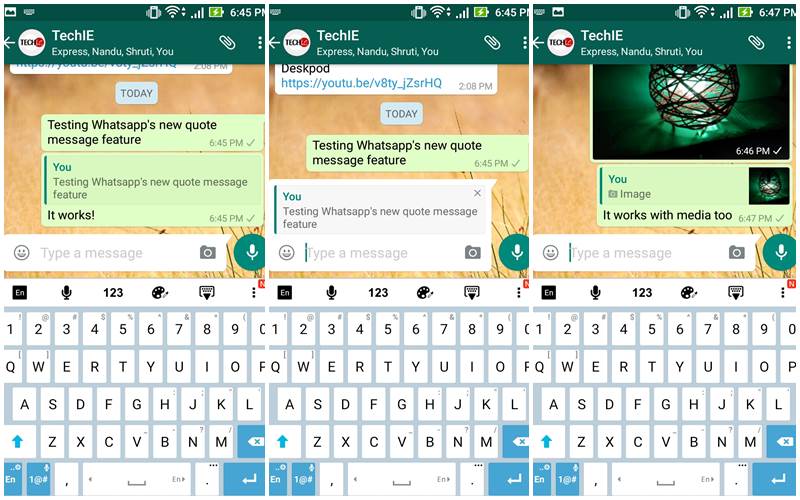

When the message arrives at its destination, the server sends a second confirmation to the sender's application by displaying the desired icon with the two check marks. WhatsApp messages are sent from the client (ie from the application that the user has installed on their smartphone) to the service server, which sends a confirmation "signal", which in the app is signaled as a single sign of check green, and then to deliver the message to the recipient (as soon as the latter's client is active). XMPP is an XML-based set of open instant messaging protocols that are spread across thousands of servers across the Internet.

To understand how WhatsApp works from a technical point of view, it must be said that the application uses a custom XMPP server with proprietary extensions. The accounts have no expiration date and there are no extra features that can be unlocked for a fee, all messages that invite you to buy WhatsApp or announce its transformation into a paid application are to be considered a scam. Until recently, there was an annual fee of 0,89 euros after the first 12 months of using the application, but since January 2016 the service has become completely free and therefore you don't have to pay even a cent. Sending messages, photos and videos is totally free (excluding, of course, the cost of data traffic when browsing in 3G / LTE). There are also computer clients that allow you to use WhatsApp on Windows and macOS, but they are always linked to the smartphone, that is, they can only be used if the smartphone on which WhatsApp is installed is turned on and connected to the Internet (not necessarily to the same Wi- Fi, 3G / LTE connection is fine too). This means that if you have an Android smartphone you can also communicate with those who use iPhone and Windows Phone, and vice versa. It is compatible with Android, iOS and Windows Phone and works independent of the operating system used by users. WhatsApp is a multi-platform messaging application that allows you to send messages, photos, videos, documents and voice recordings to other users via the Internet using your phone number as an identifier. Let's start with a brief description of WhatsApp and its main features.


 0 kommentar(er)
0 kommentar(er)
